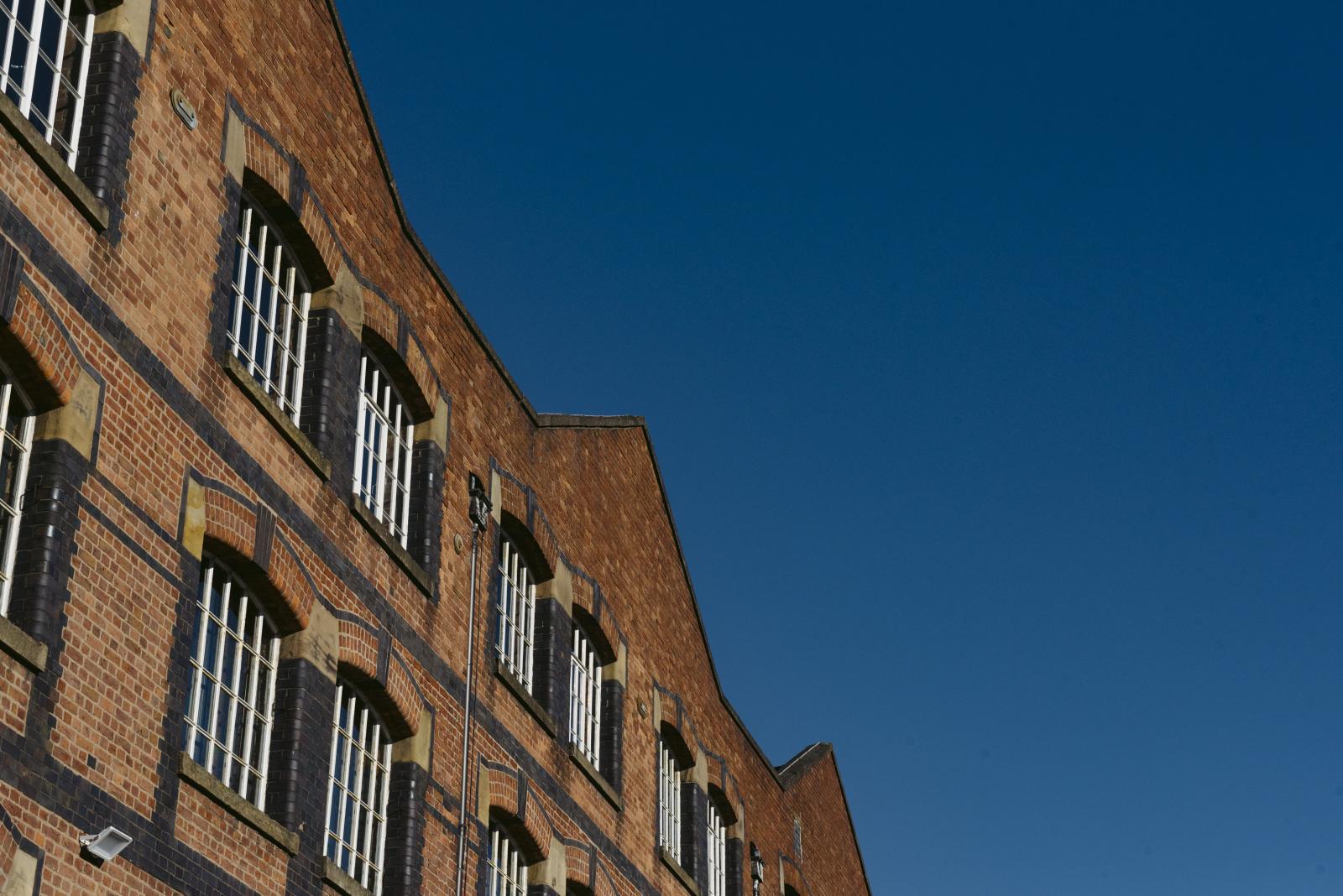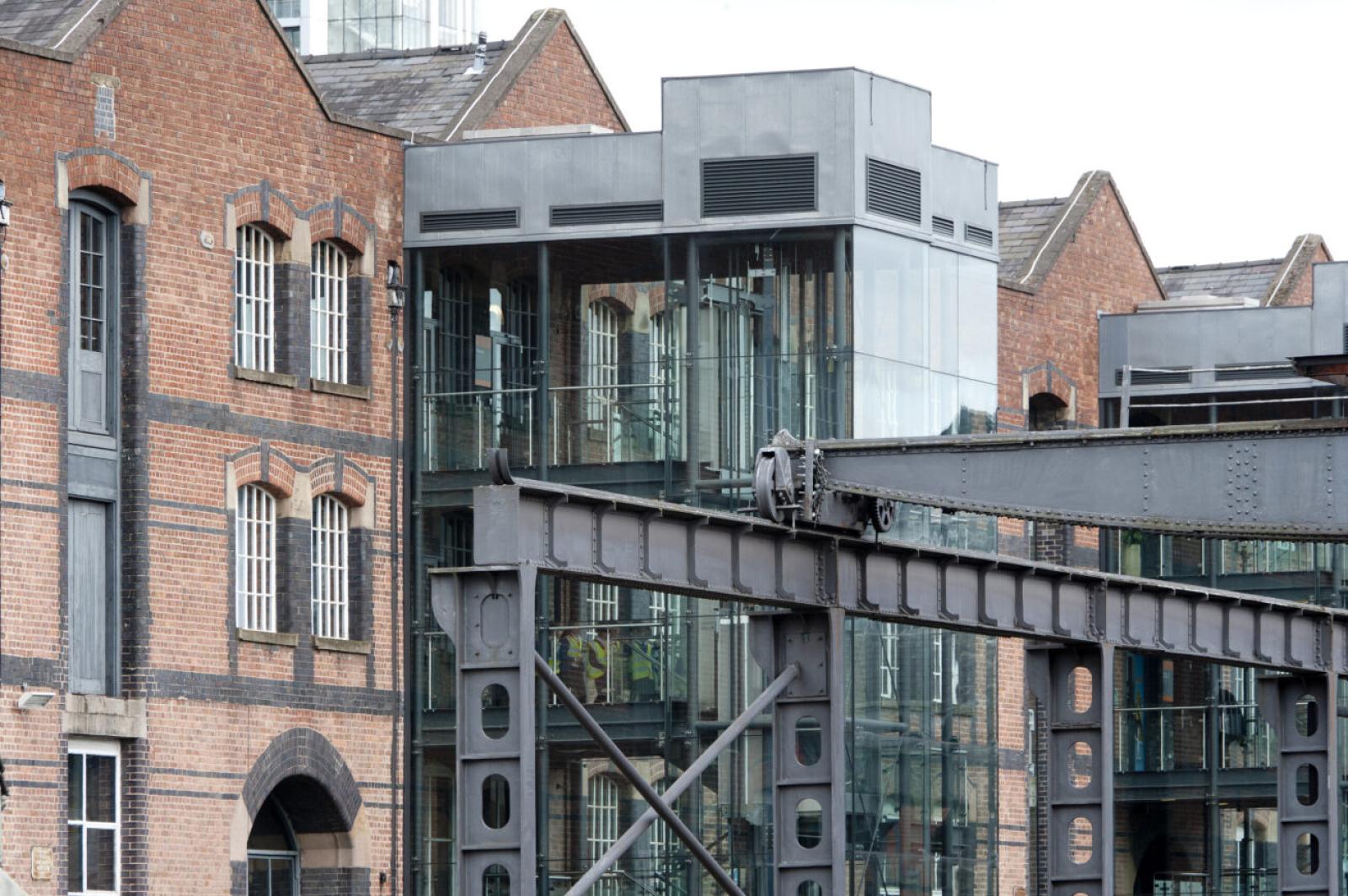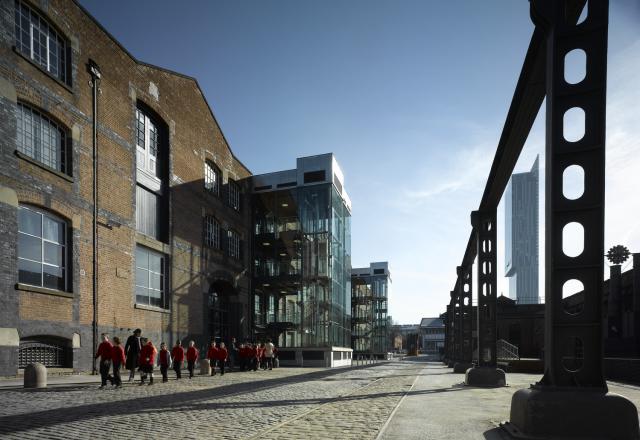
The next stage of one of the most significant heritage restoration projects currently underway in the UK has now begun at one of Manchester’s landmark museums. At over 140 years old, the New Warehouse is the next building to undergo essential conservation work as part of a multi-million-pound restoration programme taking place across the Science and Industry Museum’s globally significant site. Visitors will be able to see engineering in action as scaffolding is erected around the New Warehouse this winter as part of the museum’s current £14.2 million worth of national capital funding by the Department of Culture, Media and Sport (DCMS) to complete urgent repairs.
The Science and Industry Museum celebrates ideas that change the world, from the Industrial Revolution to today and beyond. It’s uniquely placed to tell this story – on the site of the world’s first intercity passenger railway station (formerly known as Liverpool Road Station), in the heart of the world’s first industrial city.

The New Warehouse was originally built in the 1880s to support the expansion of Liverpool Road Station, providing essential goods storage as the station grew into a hub of 19th-century industry. It now houses the main museum entrance, three permanent galleries, three changing exhibition spaces, a café, a shop and a conference space which are spread across three floors.
The building’s roof is now in need of essential repairs to ensure the museum can continue to inspire the next generation of scientists, engineers and innovators by hosting and originating some of the world’s best exhibitions and experiences in the north.
The work will include:
- Critical repairs to the roof to make it watertight.
- A complete re-tile of the roof, using around 60,000 Welsh Slate Tiles from the UNESCO World Heritage site of Blaenau Ffestiniog, North Wales used to match the original slates. This is the only working quarry that produces this specific slate. A sustainable and popular choice for restoration projects, the new tiles will be nailed to match the historic way the tiles were previously arranged.
- Improving thermal efficiency and making the building more environmentally sustainable, including key restoration work to the masonry and windows and replacing single-glazed roof lights with heritage-style double glazing. The museum will be adding additional roof insulation made from environmentally friendly and natural wood fibres, to support better energy performance.
- The current plastic gutters do not meet heritage standards for a building of this status and need replacing. The new gutters will be made from cast iron reflecting the original gutters of the building and will give them a new life expectancy of 100 years.
- Installation of safe roof access walkways and inspection facilities, crucial for long term inspections.
This latest stage of transformation will ensure the New Warehouse can be enjoyed for decades to come, hosting the very best science exhibitions and experiences, inspiring visitors and celebrating Manchester’s industrial heritage on a site which was at the very heart of it all.
Sally MacDonald, Director of the Science and Industry Museum says:
'We are delighted that the next stage of the site’s multi-million-pound restoration project is underway. This marks an exciting moment as we carry out vital repairs to our main museum building, including a brand-new roof. Whilst this repair work will bring some disruption to our site, including our largest scaffolding structure to date, the changes taking place now will mean visitors can enjoy our museum for years to come. We’ve always been a place of change and transformation and the work on New Warehouse is our next step to future-proof our historic site.”
Alex Scrimshaw of Buttress says:
“This is a key milestone for the Science and Industry Museum. The comprehensive repair and renovations reflect our commitment to ensuring that the 140-year-old New Warehouse building will be welcoming visitors for many years to come. It’s very exciting to be re-slating the roof with a sustainable national Welsh slate. Traditional lead-lined gutters have been reintroduced, to cope with the ever-increasing pressures imposed by extreme weather.
“The re-roofing works also provide the opportunity to significantly improve thermal performance; seeing the introduction of an innovative wood fibre insulation; as well as carrying out the meticulous masonry, stonework and window repairs required of a building of this grand stature.
“The project will also incorporate facilities which will enable inspections to monitor and check the building’s precise condition.
“Together with the project team, we are keen to embark on this journey to deliver a museum building fit for the 21st century.”
Buttress is also involved in other restoration projects across the site, including to the Upper Yard, Gantry and the Viaduct. This work will take place alongside the conservation of the New Warehouse.
The New Warehouse work is expected to be complete by mid-2025.
Alex Scrimshaw
Alex is an experienced architectural technologist working within the practice’s historic buildings team.
Emily Green
Emily is a skilled architect whose experience ranges from small residential schemes to large-scale industrial masterplans.


